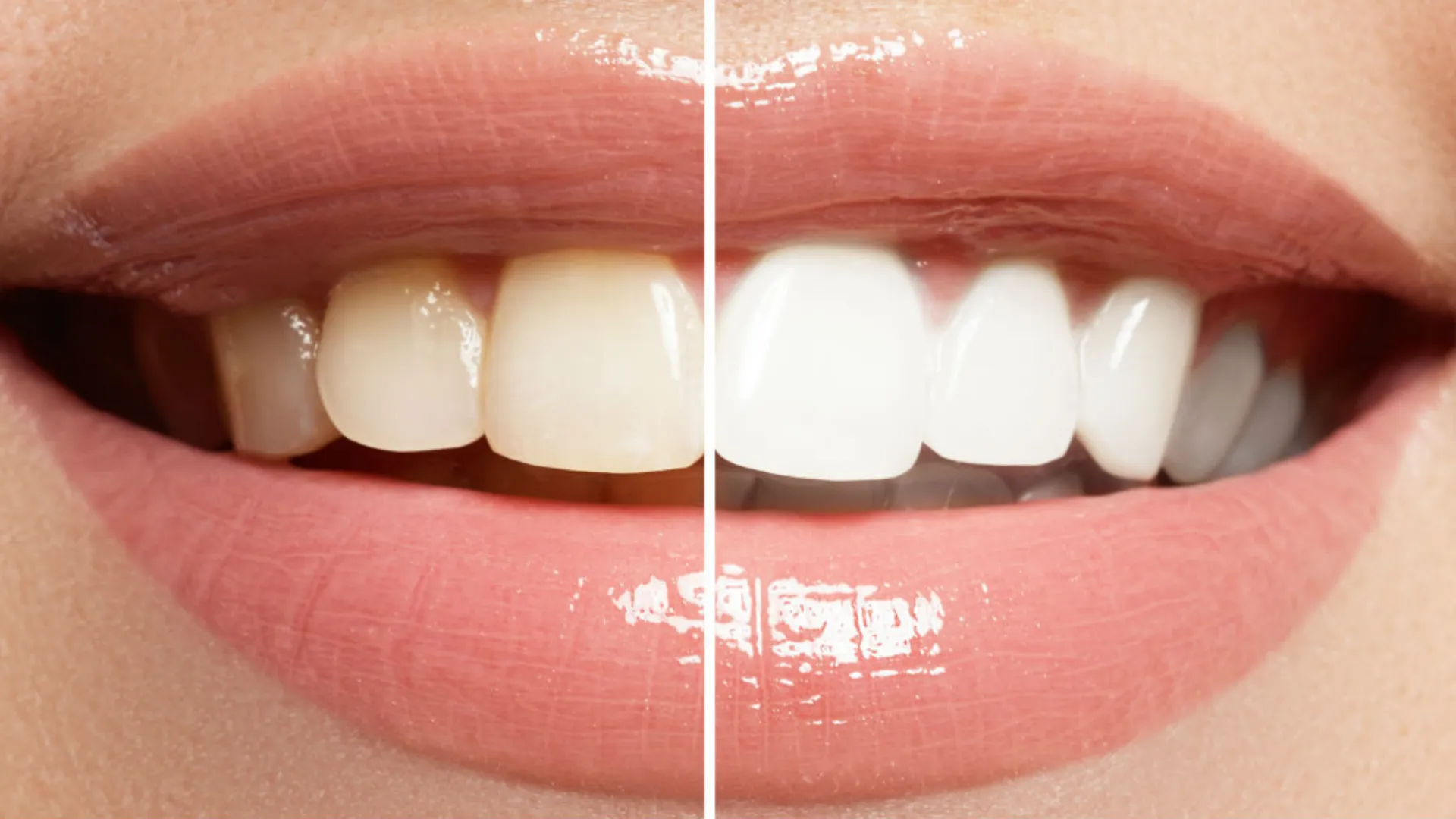The pursuit of a brighter, whiter smile has led to a surge in teeth whitening popularity. From professional treatments at the dentist’s office to over-the-counter solutions, the options seem endless. But is teeth whitening as harmless as it appears? This article dives deep into the potential teeth whitening dangers and risks, helping you make informed decisions about your oral health. Understanding the procedures, potential side effects, and safe practices is crucial for anyone considering teeth whitening.
What Is Teeth Whitening?
Teeth whitening, also known as tooth bleaching, is a cosmetic dental procedure aimed at lightening the shade of your teeth. It works by using bleaching agents, typically hydrogen peroxide or carbamide peroxide, to break down stains and discoloration on the tooth’s surface and within the enamel. The effectiveness of the treatment depends on the type of stains, the concentration of the bleaching agent, and the duration of exposure. Teeth whitening can significantly improve your smile’s aesthetics by removing stains caused by coffee, tea, tobacco, and aging.
Types of Teeth Whitening Procedures
Teeth whitening procedures vary, offering different levels of convenience, cost, and effectiveness. Understanding these options is essential for choosing the right path for your dental health needs. Each method has its advantages and potential drawbacks, so a dentist’s consultation is usually recommended before making any decisions.
In-Office Whitening
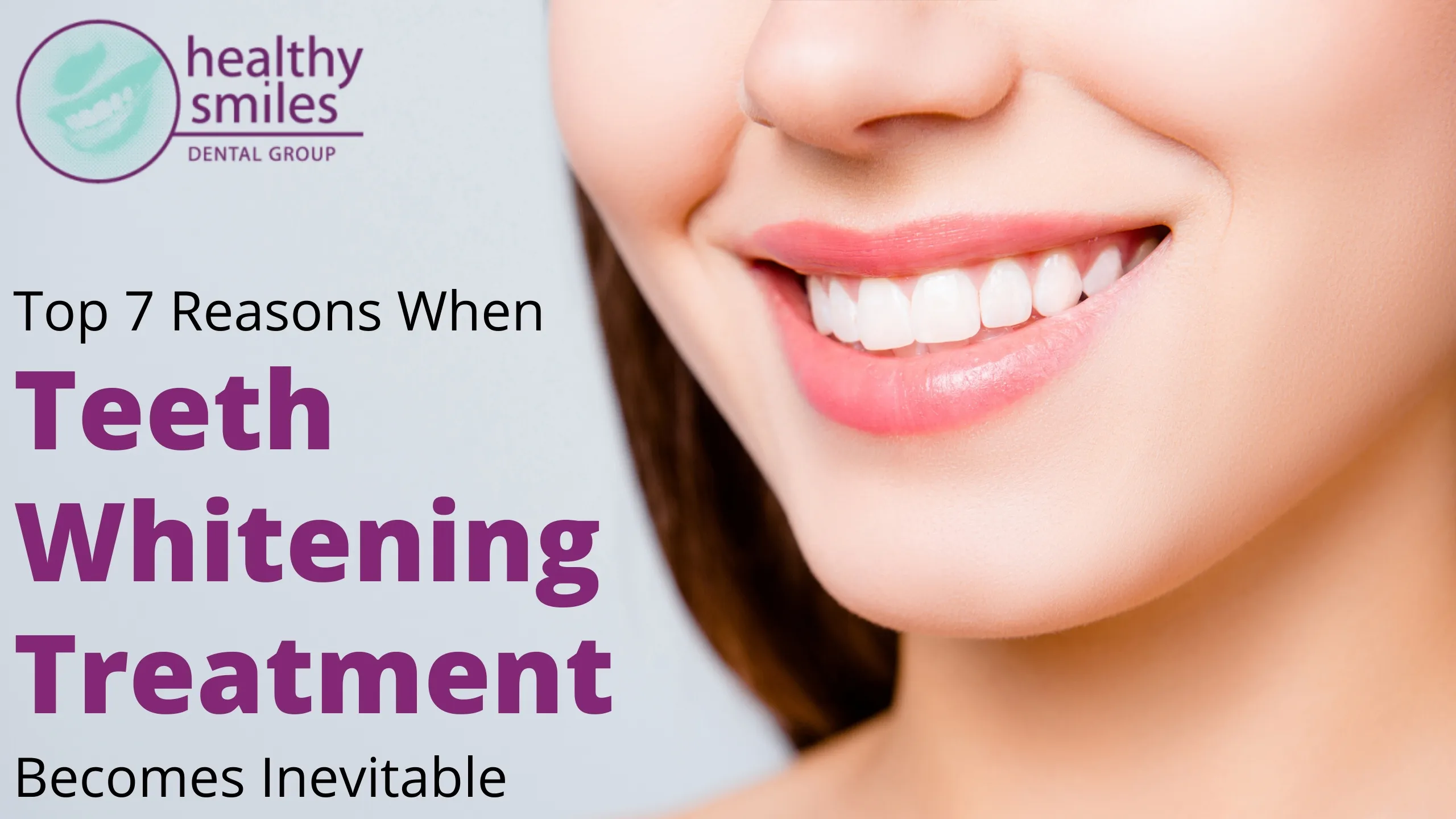
In-office whitening, performed by a dental professional, is the most effective and quickest way to whiten teeth. The dentist applies a high-concentration bleaching agent to the teeth and may use a special light or laser to accelerate the whitening process. The entire procedure usually takes about an hour, and the results are immediately visible. In-office whitening often provides the most dramatic results and is usually the safest because it is done under the supervision of a dentist, reducing the risk of complications. The cost is higher than at-home methods, but the results are often worth it for those seeking the most significant improvement in the shortest time.
At-Home Whitening Kits
At-home whitening kits provide a convenient and more affordable alternative. These kits typically include custom-fitted trays filled with a lower concentration bleaching agent that the patient wears for a specified period daily. Results take longer to appear than in-office treatments, usually several weeks. At-home kits are readily available, often requiring an initial consultation with a dentist to ensure they’re safe and suitable for your specific oral health situation. The effectiveness and safety of at-home kits vary depending on the product, so it’s important to follow the instructions carefully and be aware of potential side effects.
Teeth Whitening Dangers and Risks
While teeth whitening can enhance your smile, it’s not without risks. Understanding potential side effects is critical for making informed decisions. Although generally safe when used as directed, the procedure can cause several adverse effects, ranging from mild discomfort to more serious dental problems. Knowing these dangers can help you make the best choices for your dental health.
Tooth Sensitivity
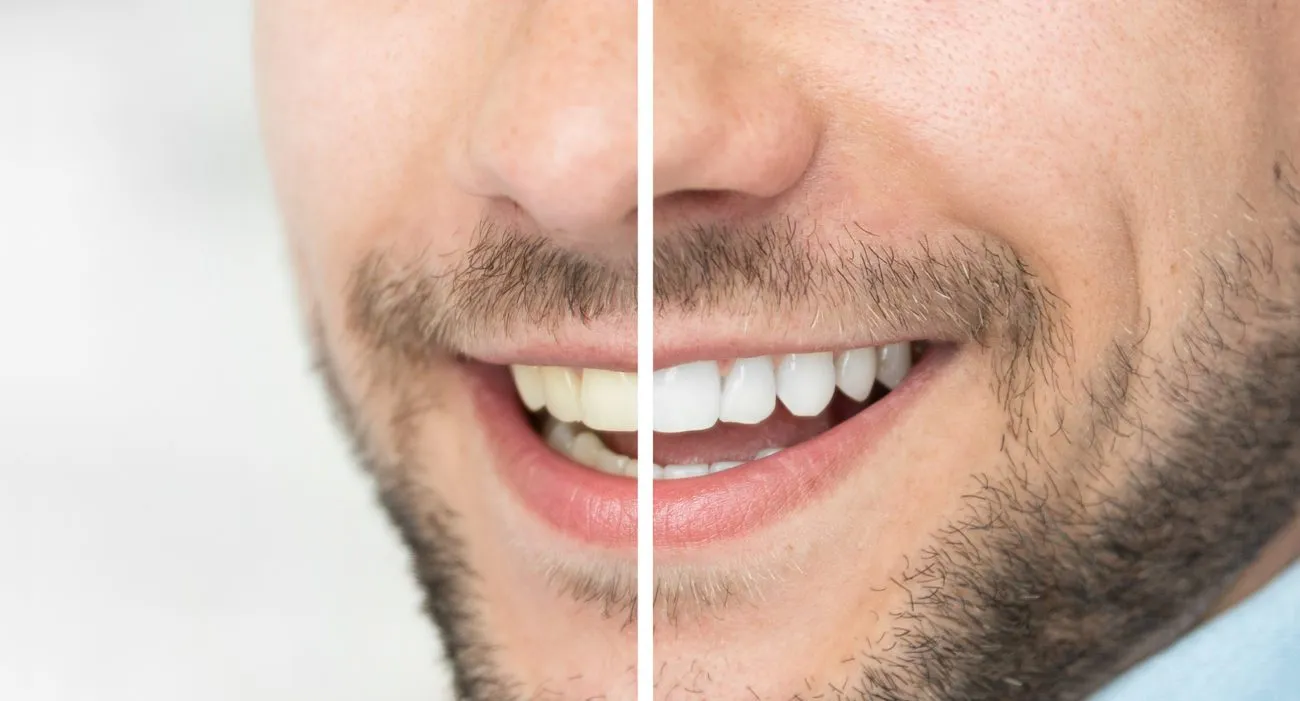
Tooth sensitivity is the most common side effect of teeth whitening. The bleaching agents can penetrate the enamel and reach the dentin, the layer beneath the enamel, causing sensitivity to hot or cold foods and drinks. This sensitivity is usually temporary and subsides within a few days of completing the whitening treatment. Using toothpaste designed for sensitive teeth and avoiding extreme temperatures can help manage the discomfort.
Gum Irritation
Gum irritation, or gingivitis, is another potential risk, especially if the bleaching agent comes into contact with the gums. This can result in redness, swelling, and discomfort. Using custom-fitted trays, as provided by a dentist for at-home treatments, minimizes the risk of the bleaching agent leaking onto the gums. If irritation occurs, it’s important to stop the treatment and consult with your dentist. In-office procedures often include protective measures to shield the gums from the bleaching agents.
Enamel Damage
Although rare, excessive or improper use of teeth whitening products can potentially damage the enamel, the protective outer layer of the teeth. This can lead to increased sensitivity, and make teeth more susceptible to cavities and decay. Following the instructions carefully and avoiding overuse are crucial to prevent enamel damage. Always consult your dentist to determine if your teeth are suitable for whitening and to get recommendations on the appropriate treatment.
Allergic Reactions

Some individuals may experience allergic reactions to ingredients in teeth whitening products. These reactions can manifest as itching, swelling, or skin rashes. If you notice any signs of an allergic reaction, discontinue use immediately and seek medical attention. Always review the ingredients list to avoid any known allergens. Consultation with a dental professional can determine the best treatment method based on any sensitivities.
Teeth Whitening and Underlying Dental Conditions
Teeth whitening may not be suitable for everyone, particularly those with certain dental conditions. It is essential to consider these factors before undergoing any whitening procedure to ensure the best outcome and avoid complications. Some pre-existing conditions can worsen or affect the effectiveness of the treatment.
Pre-existing Dental Issues
Individuals with pre-existing dental issues, such as cavities, gum disease, or sensitive teeth, should address these problems before considering teeth whitening. Whitening agents can exacerbate these conditions, leading to increased discomfort and potential complications. Your dentist can assess your oral health and provide the necessary treatments to stabilize your teeth before whitening. Ignoring existing issues can lead to more severe dental problems in the long run.
Effect on Fillings and Crowns
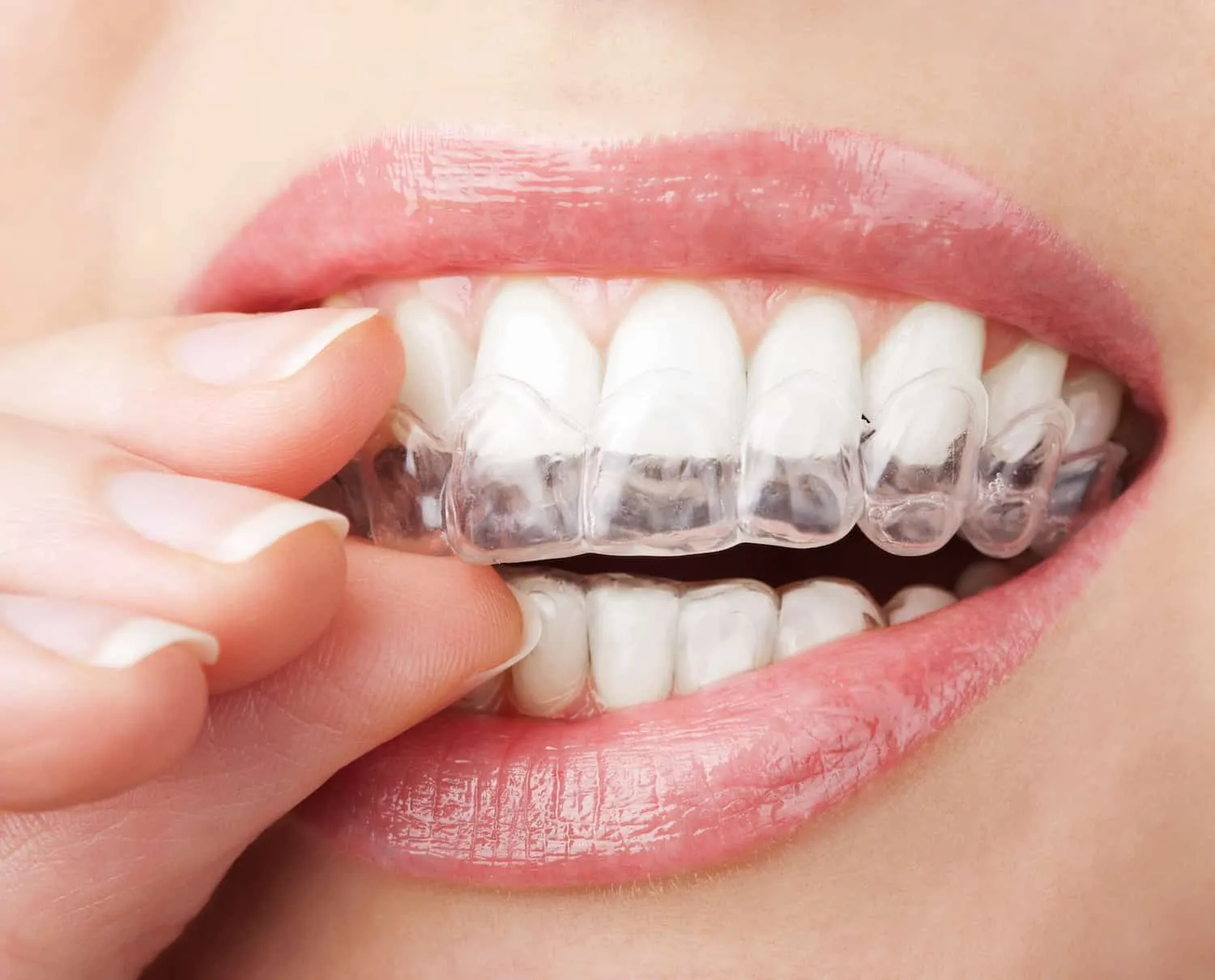
Teeth whitening only works on natural teeth; it does not whiten fillings, crowns, veneers, or other dental restorations. This can result in uneven tooth shades, where the natural teeth become brighter while the restorations remain the same color. It’s essential to discuss this with your dentist before whitening, as it might require replacing the existing restorations to match the newly whitened teeth. This ensures a consistent, natural-looking smile.
How to Whiten Teeth Safely
If you’re considering teeth whitening, taking the necessary steps to ensure safety is critical. Safe teeth whitening involves careful planning, expert guidance, and adherence to best practices. Following these guidelines can minimize risks and maximize the benefits of a brighter smile.
Consulting a Dentist
The best approach is to consult a dentist before starting any teeth whitening treatment. Your dentist will assess your oral health, determine if whitening is appropriate for you, and recommend the best method based on your individual needs. They can identify any underlying dental issues, provide professional cleaning, and advise you on the potential risks. Consulting with a dentist ensures that the whitening process is safe and effective.
Choosing the Right Whitening Method
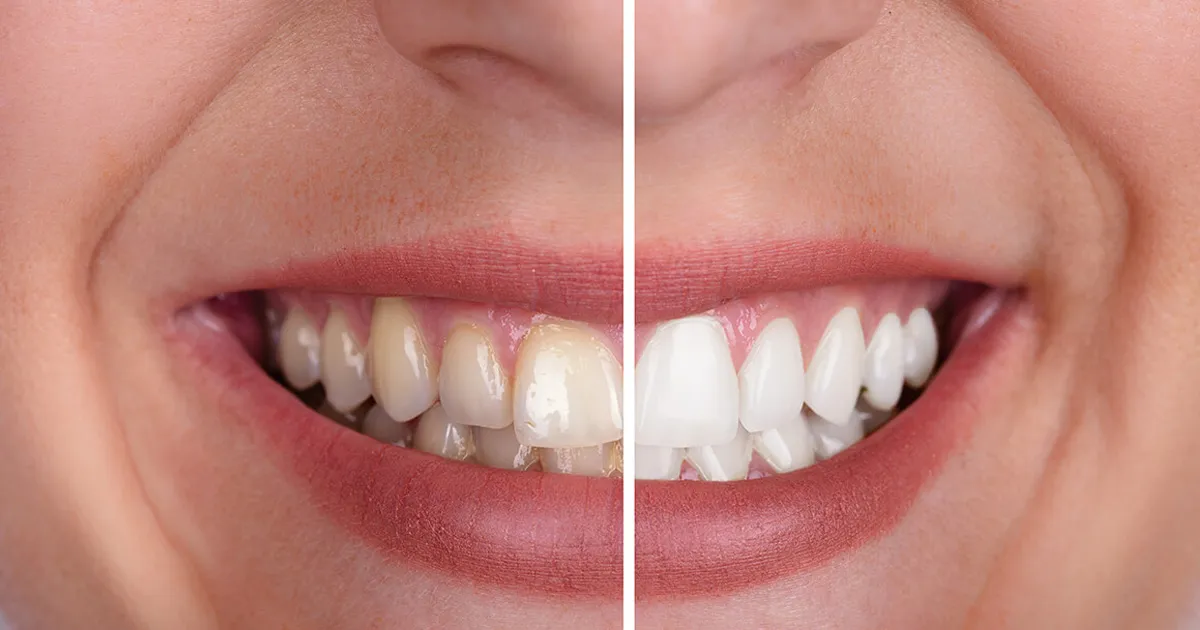
Choosing the right whitening method depends on your specific circumstances, dental health, and desired results. Your dentist can guide you in selecting the most suitable option. This might involve in-office treatments for immediate results or at-home kits for convenience and cost-effectiveness. They will also consider the strength of the bleaching agent and the duration of the treatment. The dentist will take into account the current shade of your teeth, the type of stains, and your sensitivity levels.
Following Instructions Carefully
Whether you choose professional or at-home whitening, following the instructions carefully is essential to minimize risks and achieve the desired results. This includes using the correct amount of product, adhering to the recommended treatment duration, and avoiding over-whitening. Overuse can increase the likelihood of side effects like tooth sensitivity and gum irritation. By following the guidelines, you can ensure the process is as safe and effective as possible.
Alternatives to Teeth Whitening
If teeth whitening isn’t right for you, several alternatives can help you achieve a brighter, healthier smile. These options can address various dental needs while avoiding potential risks associated with whitening treatments. Consulting your dentist is a great starting point to determine the best solution for your specific situation.
Professional Cleaning
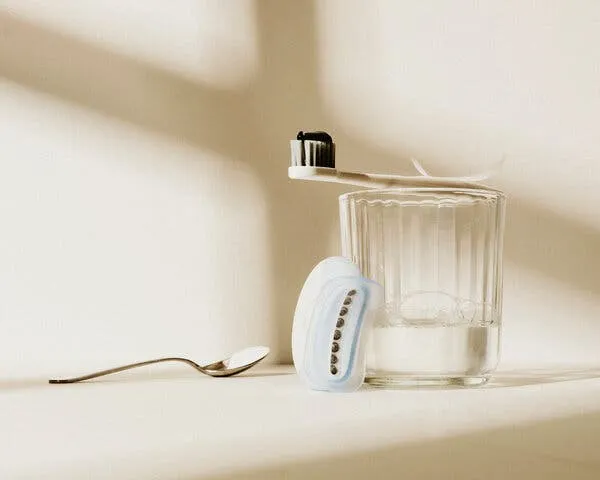
A professional cleaning by a dental hygienist can remove surface stains and plaque buildup, which can significantly improve the brightness of your teeth. Regular cleanings can help maintain a healthy, vibrant smile. During the cleaning, the hygienist will remove stains caused by coffee, tea, and tobacco, as well as tartar, which can make your teeth appear dull. Professional cleanings are a safe and effective way to improve the appearance of your teeth without resorting to bleaching.
Over-the-Counter Whitening Products
Over-the-counter whitening products, such as whitening toothpaste, strips, and gels, offer a more affordable and accessible alternative. These products typically contain lower concentrations of bleaching agents and can be used to maintain or slightly improve the brightness of your teeth. However, the results are usually less dramatic than professional treatments. Always follow the instructions carefully and be aware of potential side effects such as sensitivity.
Lifestyle Adjustments for a Brighter Smile
Making some lifestyle adjustments can also contribute to a brighter smile and help prevent future staining. This includes limiting consumption of stain-causing foods and drinks, such as coffee, tea, red wine, and dark-colored berries. Practicing good oral hygiene, including brushing twice a day and flossing daily, helps remove surface stains and prevent plaque buildup. Avoiding tobacco products and chewing gum can also keep your teeth looking their best. These steps can help maintain the results of whitening treatments and improve overall oral health.
The Verdict Is Teeth Whitening Safe?
Teeth whitening can be a safe and effective procedure when performed under the guidance of a dental professional and following the recommended guidelines. Understanding the potential risks, choosing the right method, and practicing good oral hygiene can help minimize any adverse effects. While some temporary sensitivity or gum irritation is possible, serious complications are rare when the process is managed properly. Consulting a dentist is always the best first step, ensuring a healthy and beautiful smile.
In conclusion, teeth whitening offers a great way to enhance your smile, but it’s essential to approach it with awareness and caution. By understanding the procedures, potential risks, and alternatives, you can make an informed decision and maintain a healthy, bright smile.
